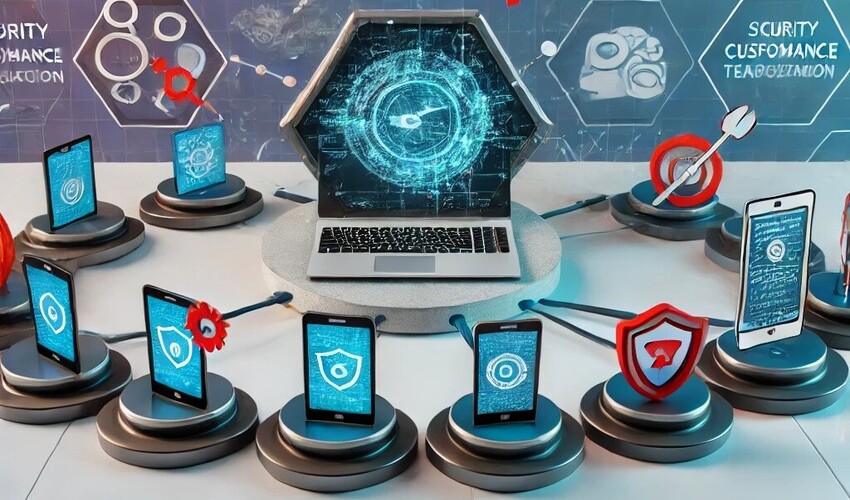The old cyber security practices always depended on the age-old maxim. The development team believes that prevention is better than cure. However, according to modern cyber security, guaranteed security does not exist and there is no such thing as bug-free software. With time, cyber-attacks have also grown in sophistication and cost.
These days, Cybersecurity practices are not only regarding developing defenses to stop interruption. It’s more regarding pinpointing the subtle existence of a silent invader to remove the threat in its track.
With all these activities, automation tools, architectures, and security strategies, it is very difficult to distinguish one from the other. Like all other security procedures, threat hunting and penetration testing are mostly equated incorrectly. Nevertheless, the dissimilarity between the two is that between detection and prevention.
Penetration Testing Exposes Current Susceptibilities
This testing technique is implemented by the pen testing providers to have an in-depth examination of apps, computer systems, and networks to look for exposed vulnerabilities. It encompasses attempts to exploit those flaws and exploitation after activities to check their threat level. Pen testers also suggest a framework of actions for remediation. The main objective is to look at the hidden susceptibilities in an environment. As an outcome, they can be resolved before being exploited by malicious actors. Pen testing plays an imperative role in revealing security unpatched and misconfigurations. These are commonly known as vulnerabilities.
Pen testing incorporates the assimilation of manual techniques and automated tools to scan the environment. This will assist them to identify and confirm susceptibilities. Pen testers also involve commonly utilized exploits to test the effect of the security gaps. The ultimate report pinpoints the highlighted flaws with a remediation framework.
This technique applied by pen testing companies sometimes goes beyond automated susceptibility evaluations to prioritize and exploit security risks. This provides actionable advice for consolidating the security posture of a company.
Pen testing must be performed frequently, at least once a time in a year, and after each important modification or addition in the apps or network infrastructure. It guarantees that the latest detected susceptibilities are patched and modifications and updates have not introduced any latest weakness.
Threat Hunting
Those who think that their security perimeter is resistant are in renunciation. In any scenario, companies must prepare for the failure of pre-emptive measures. Their readiness will eventually decide if they can bounce from possible security incidents. To counter, eliminate and contain a threat, victims must first pinpoint via active threat hunting.
Threat hunting means finding enemies who already made it past the preventive security controls and arresting them from going further. The main objective is to catch the attack in progress before the end-user or a 3rd party partner does.
Threat hunting is especially based on the conjecture that a breach has already taken place. The earlier it is pinpointed, the earlier it can be eradicated.
Impact of Red Teaming On the Software
Threat hunting incorporates proactively looking for threats rather than inactively waiting for security alerts. All the security analysts desperately conduct threat hunting manually with the assistance of technologies like behavior analytics, artificial intelligence, automation, and response and endpoint detection. Analysts finding threats in an environment must have a comprehensive understanding of entity behaviors and expected users, the familiar behavior of threat actors, and the environment itself. Threat hunters pinpoint irregular behavior in the network via data gathered and monitoring by invasion detection tools. It is investigated to see if the threats are malicious or benign. Security teams can formulate a plan of action to eradicate the threat if they are malicious. This will also assist to prevent similar attacks from occurring in the future.
Read Dive is a leading technology blog focusing on different domains like Blockchain, AI, Chatbot, Fintech, Health Tech, Software Development and Testing. For guest blogging, please feel free to contact at readdive@gmail.com.





